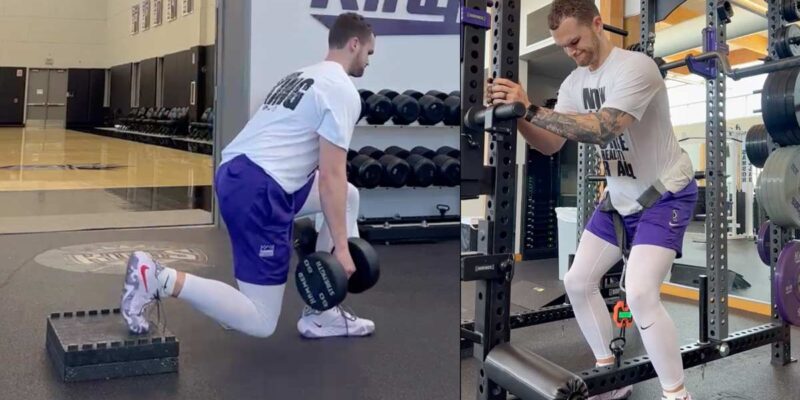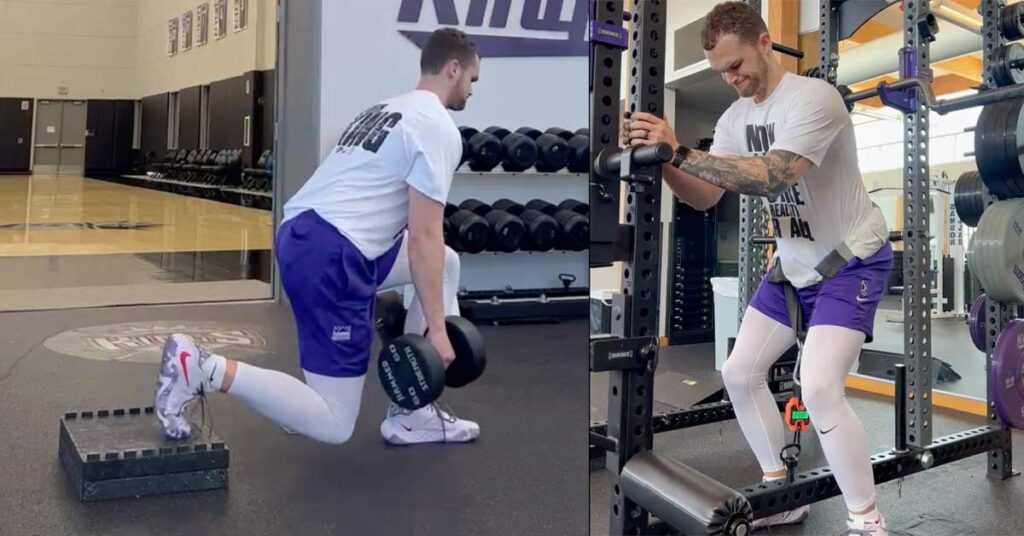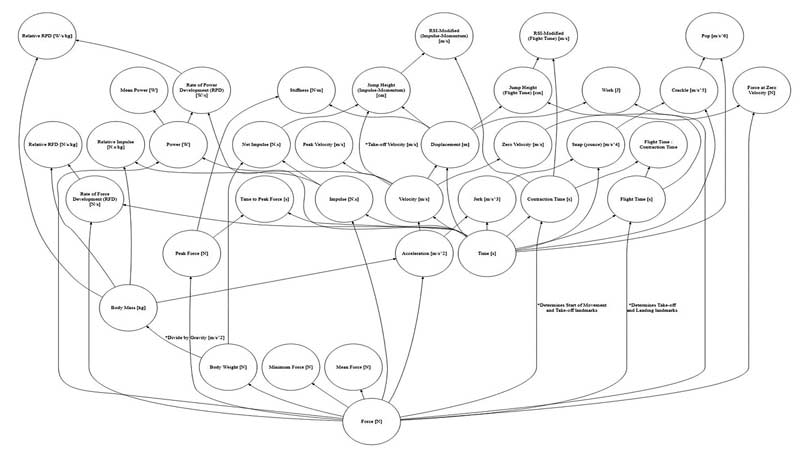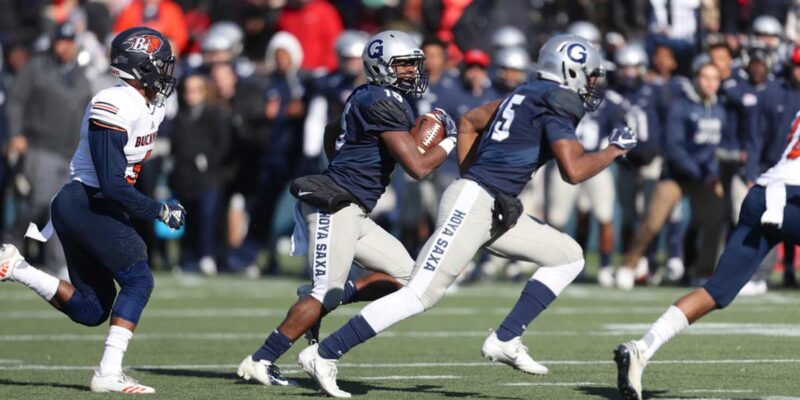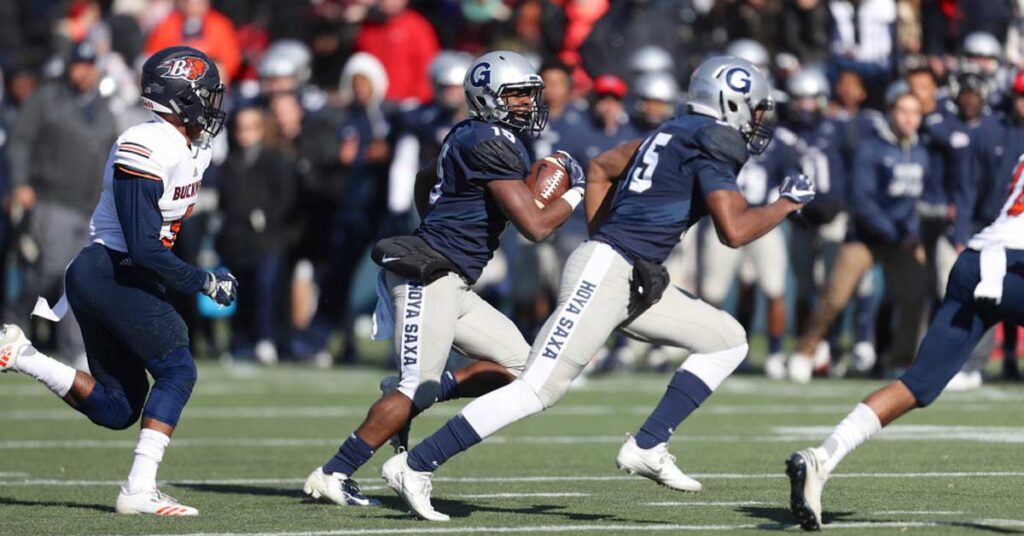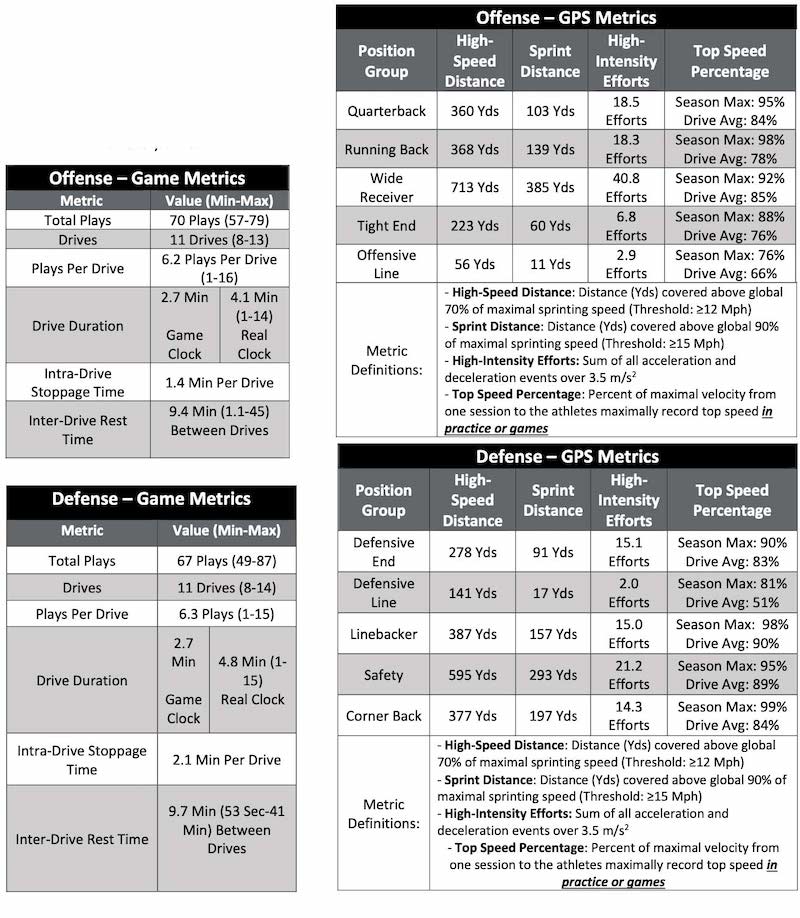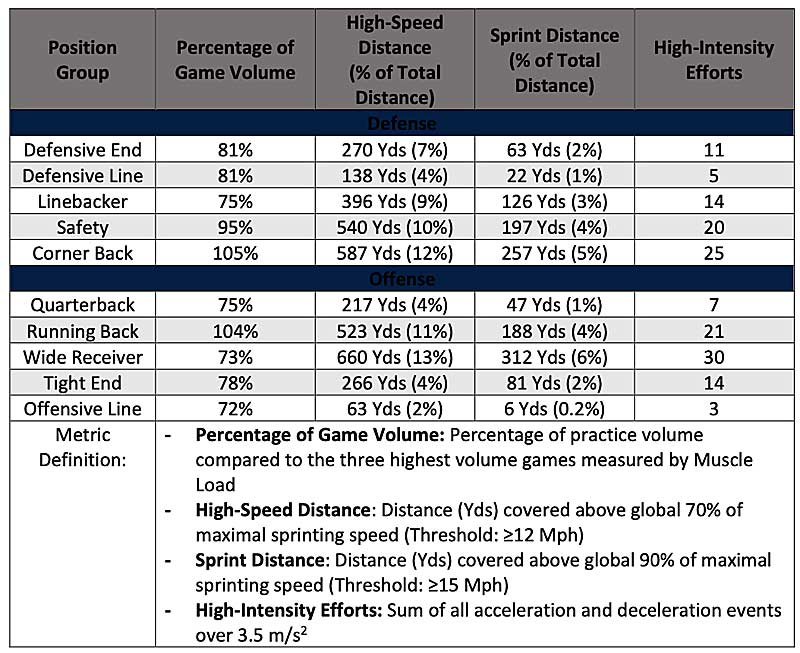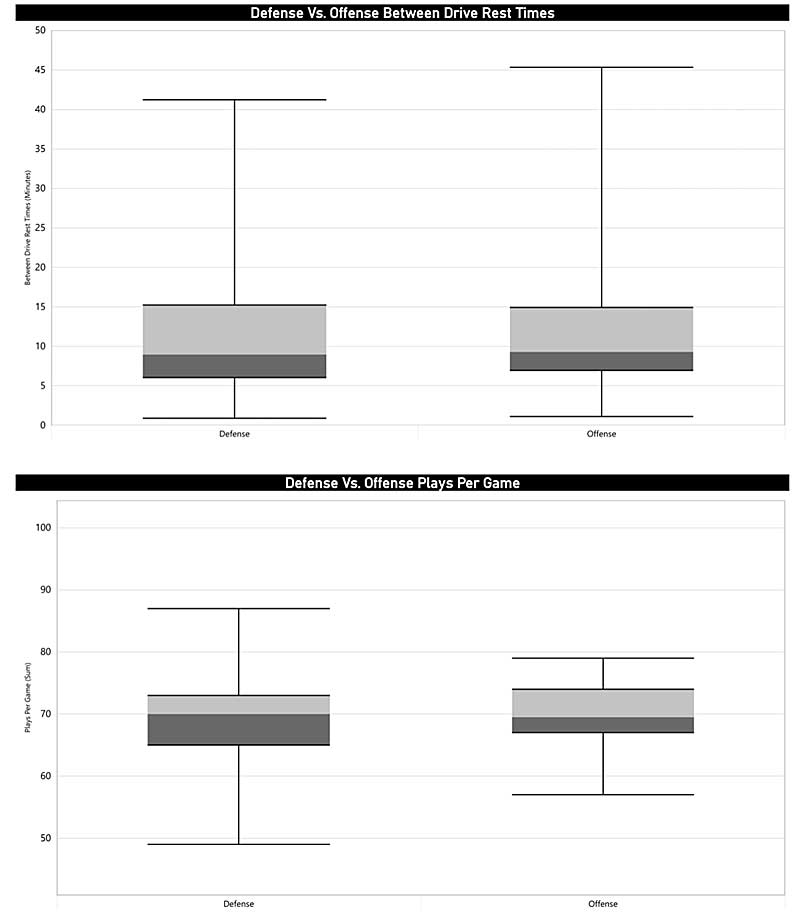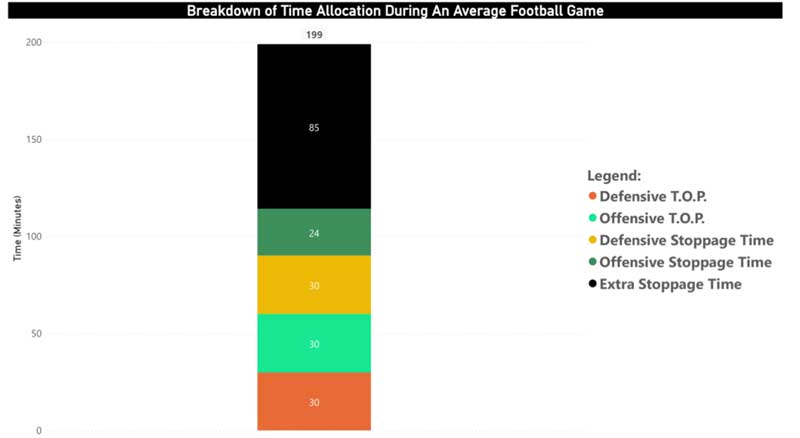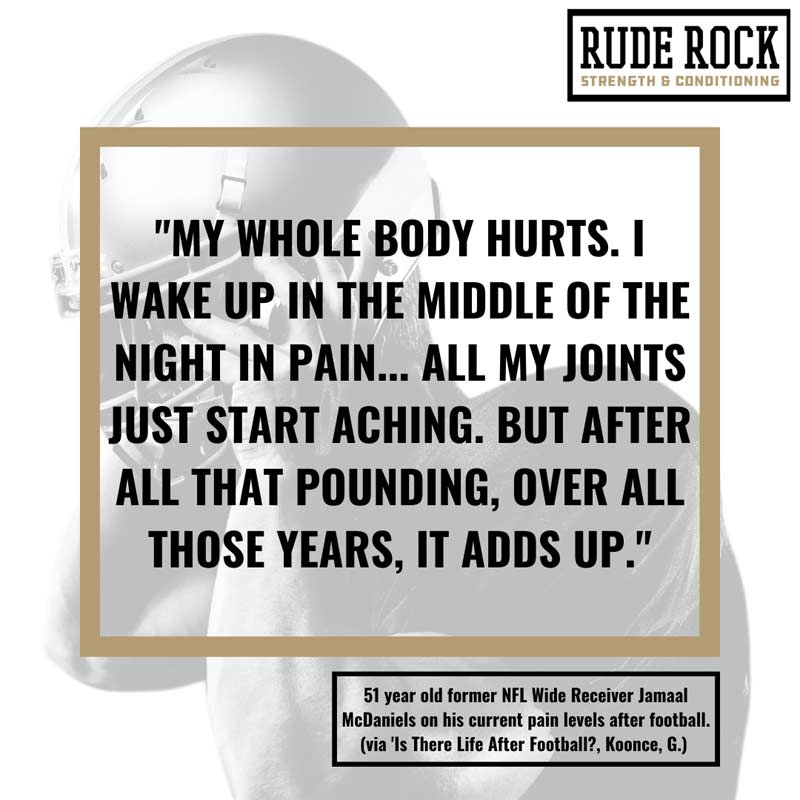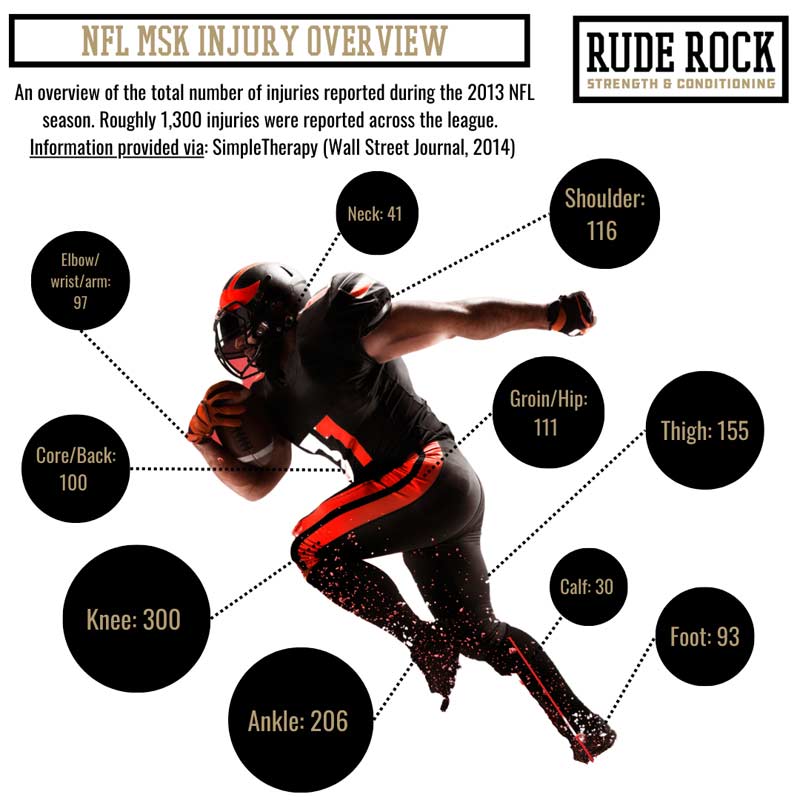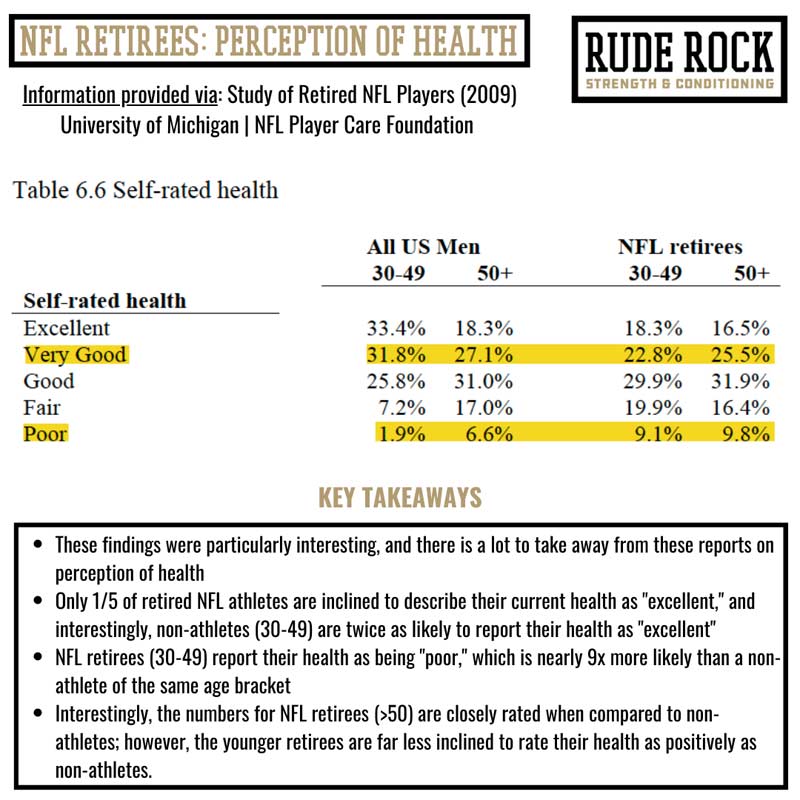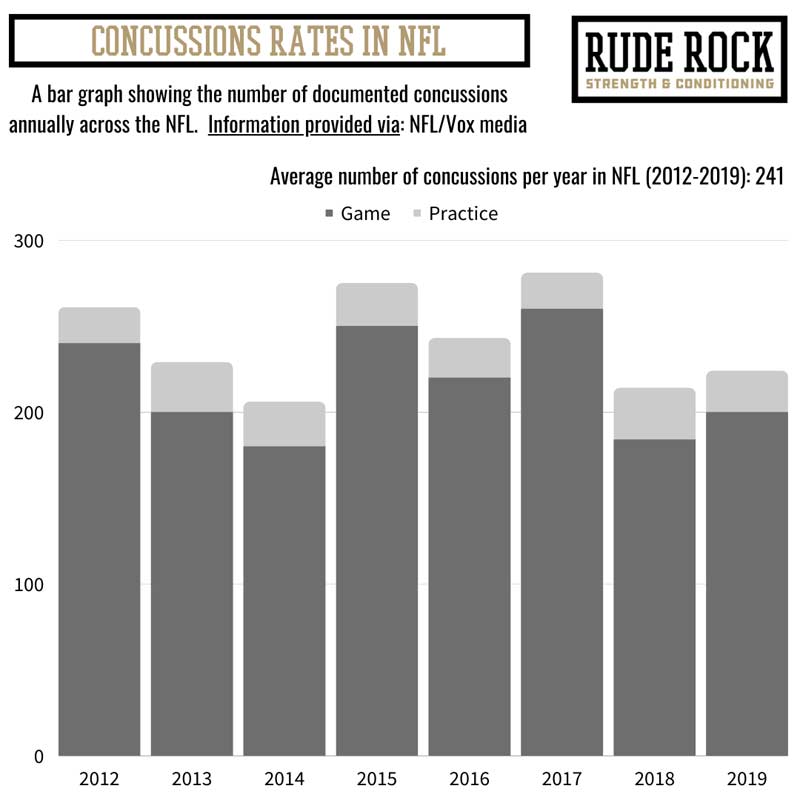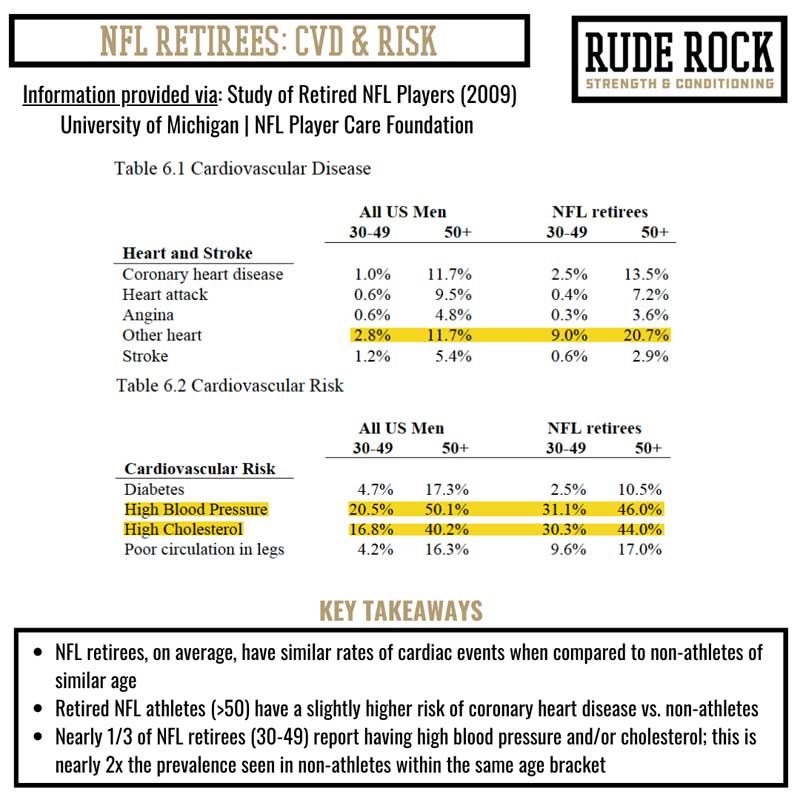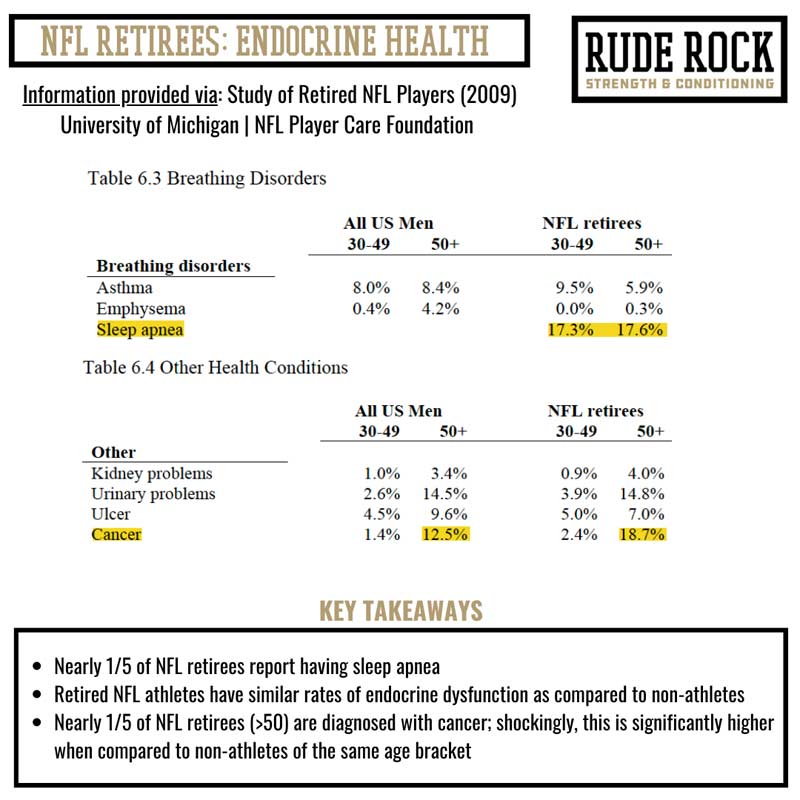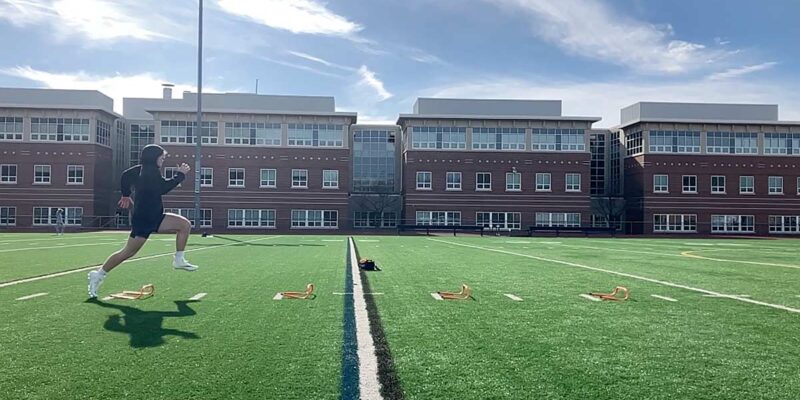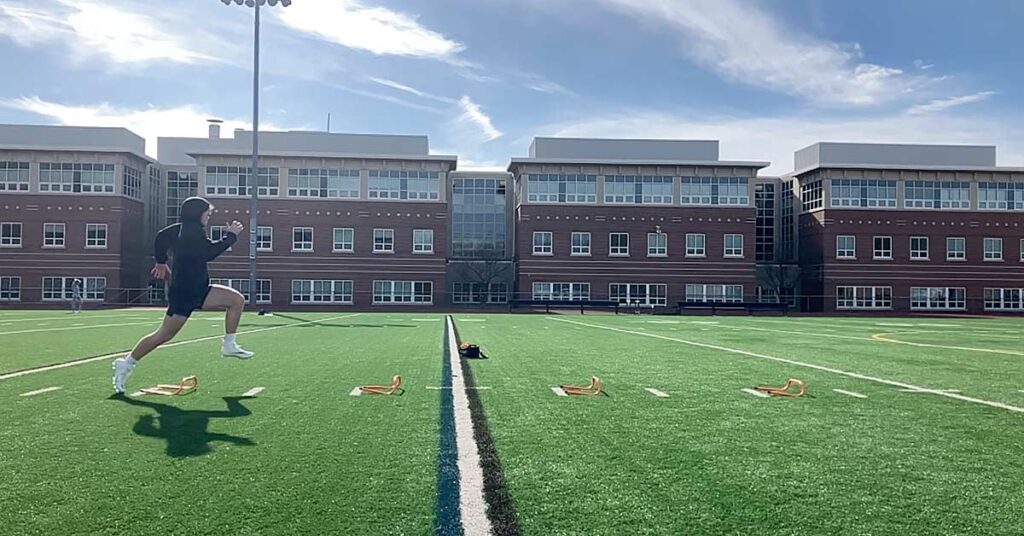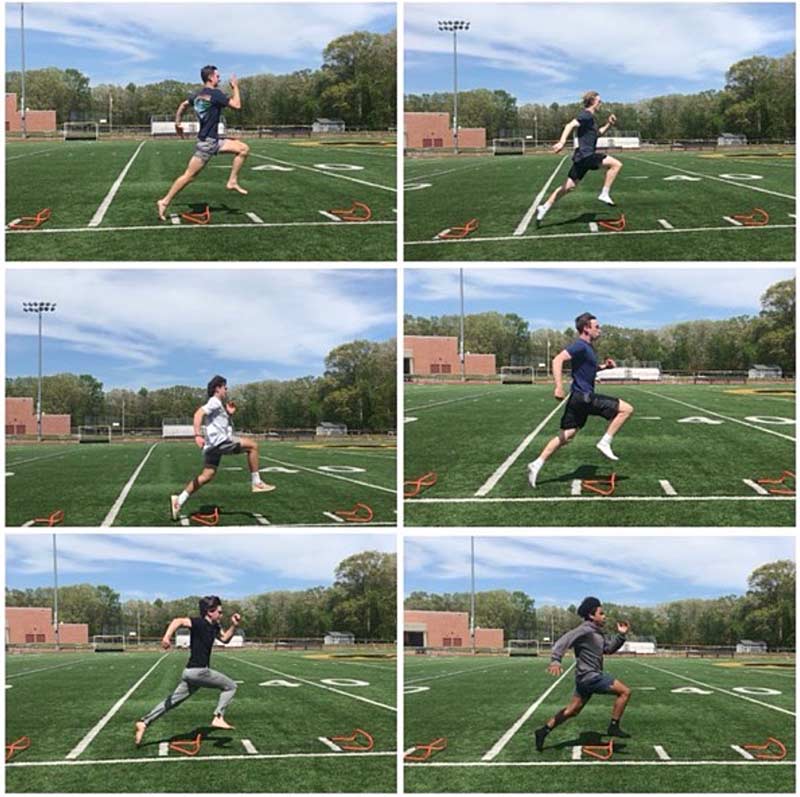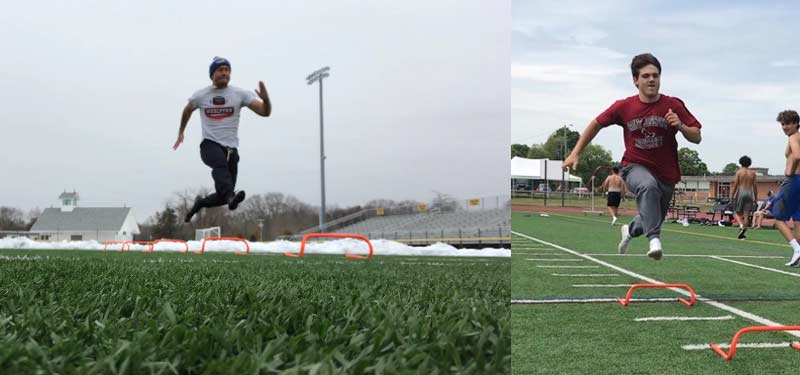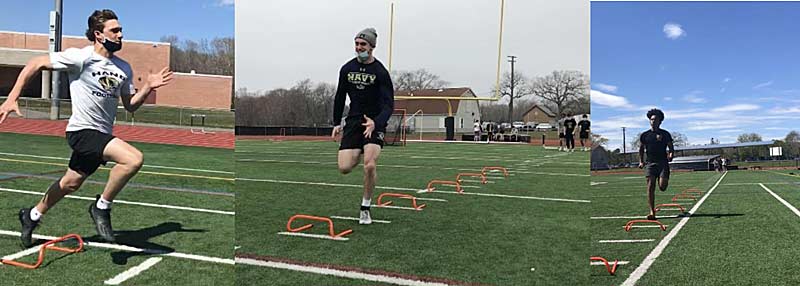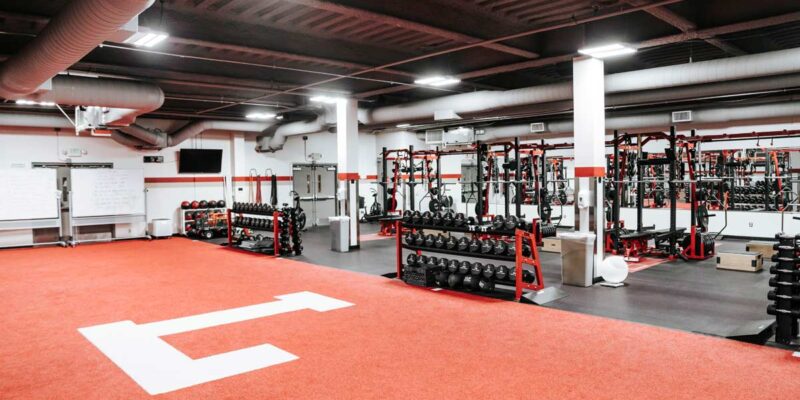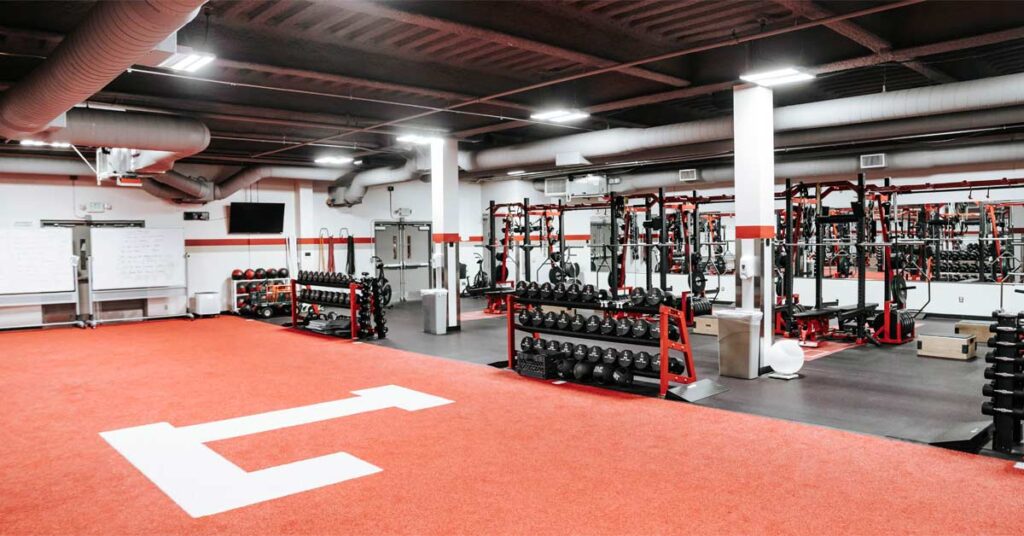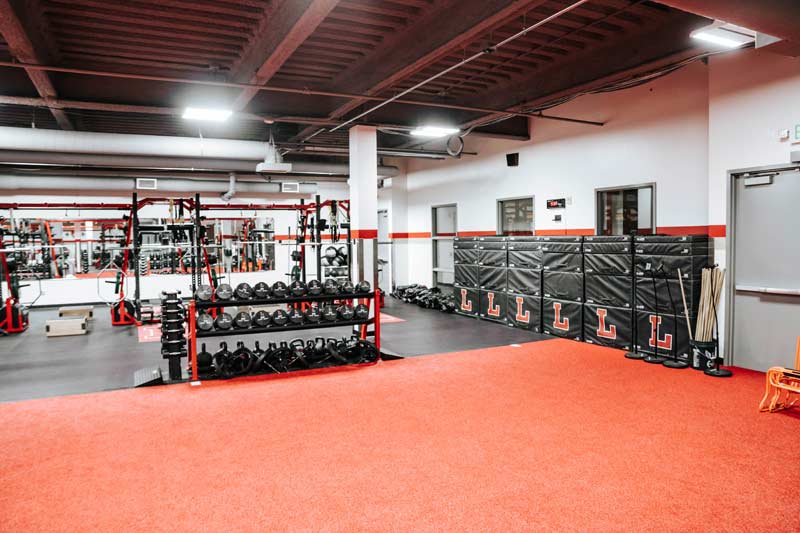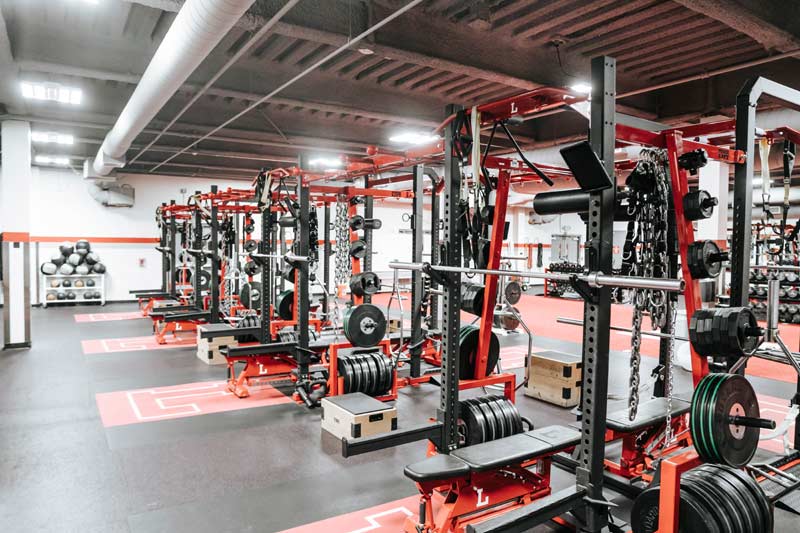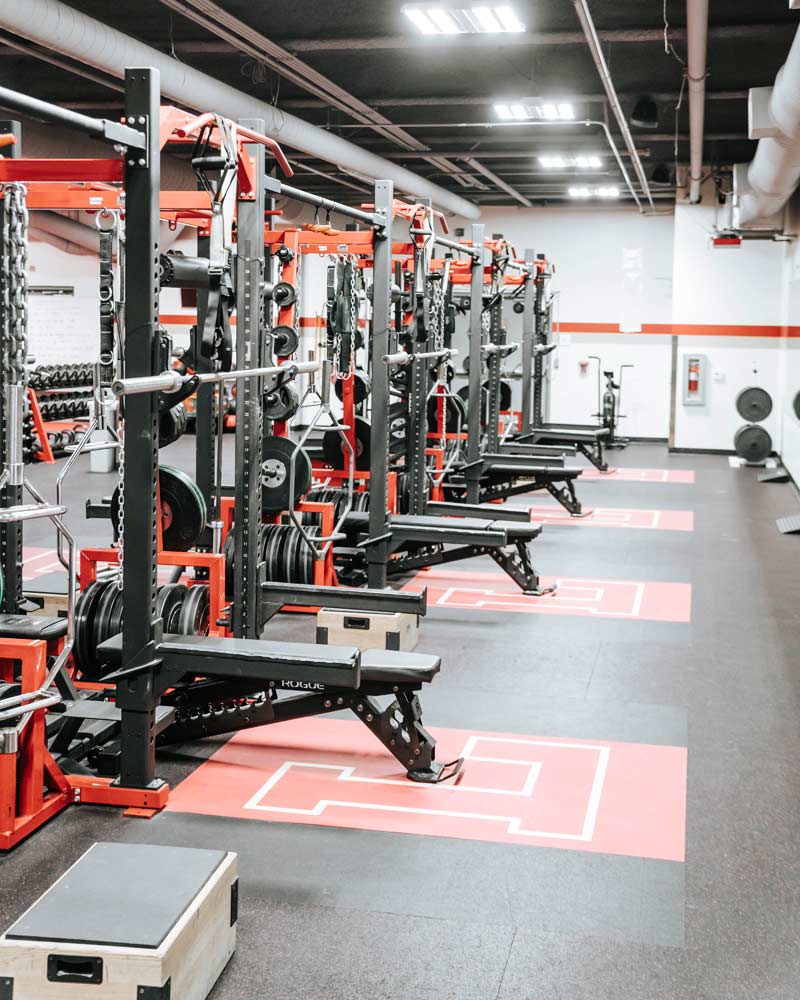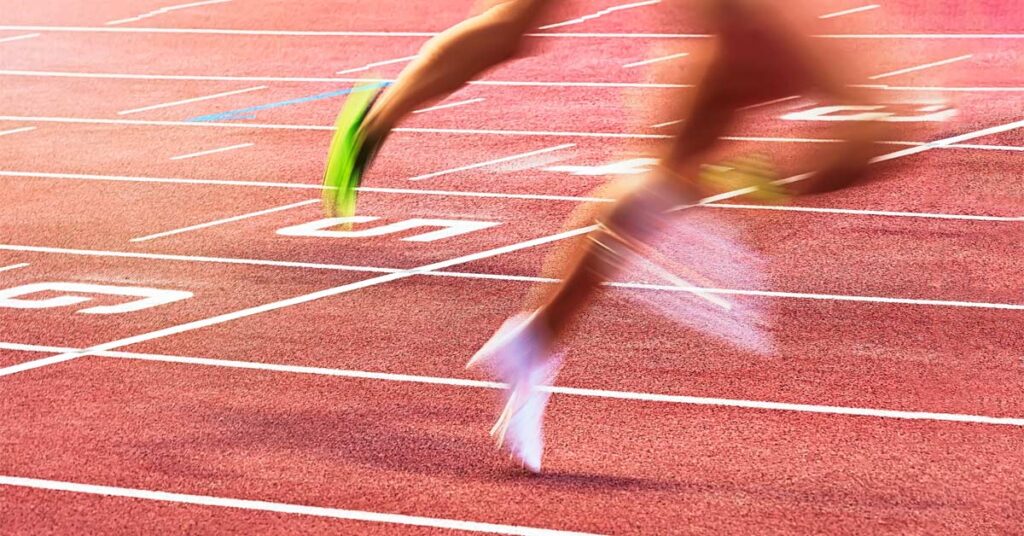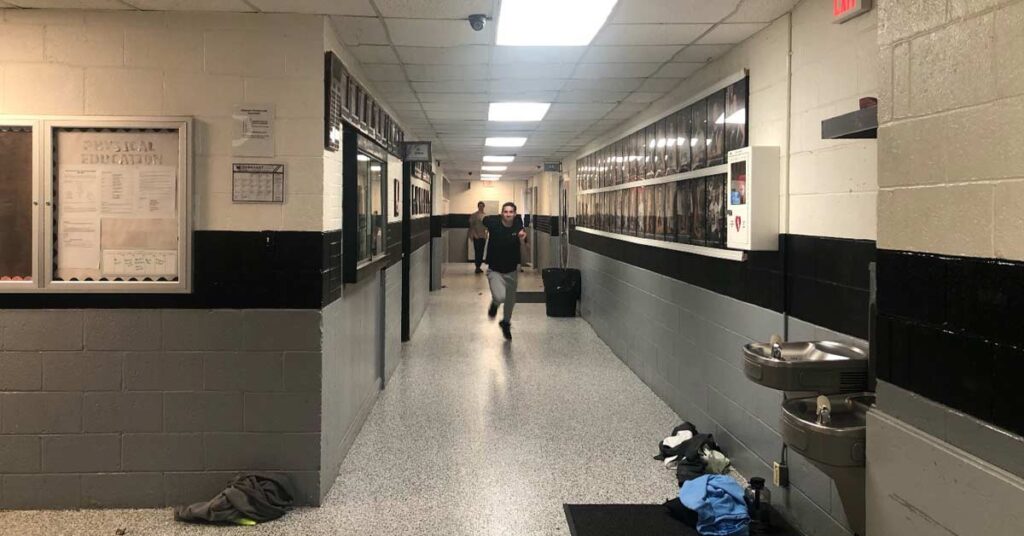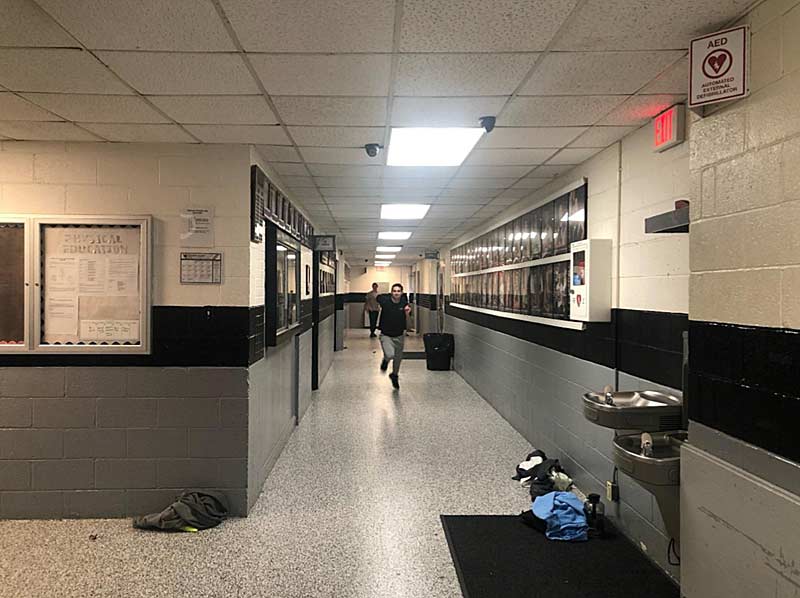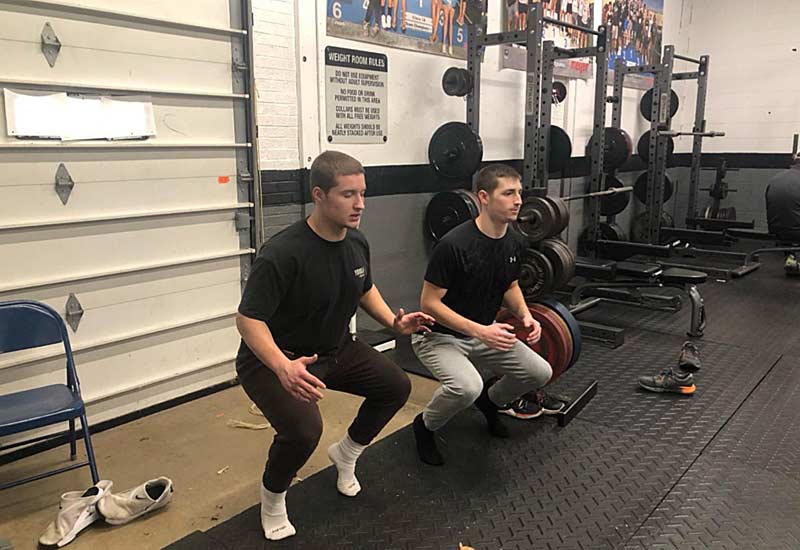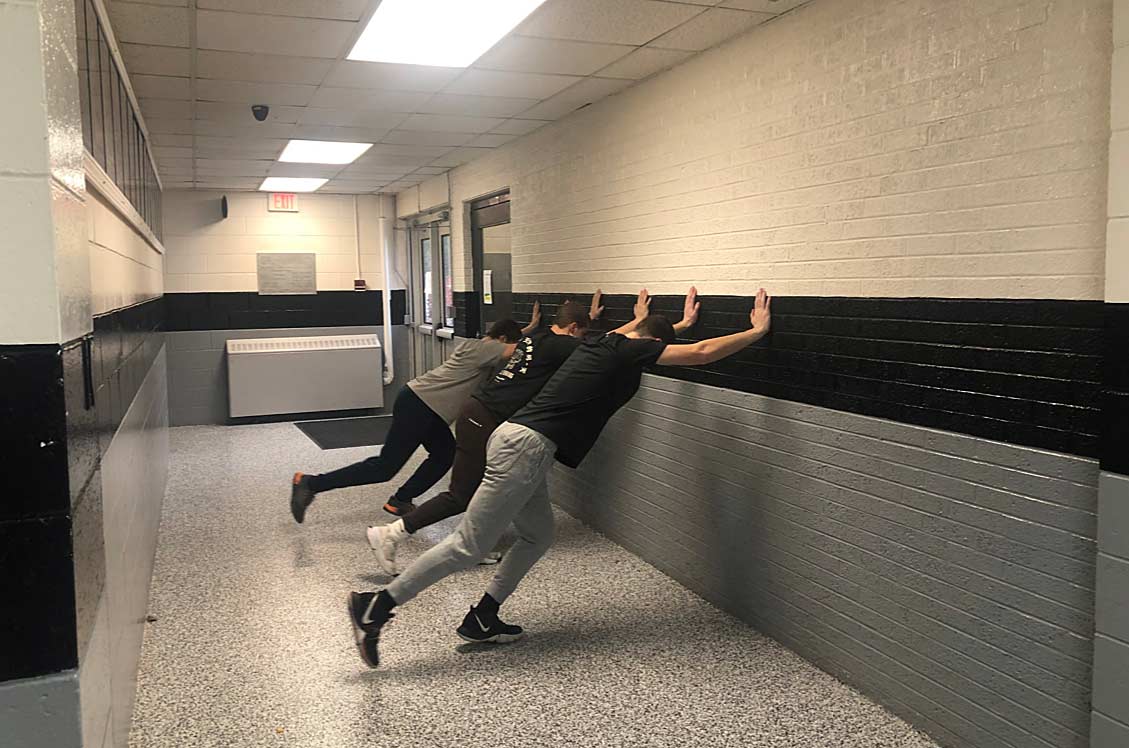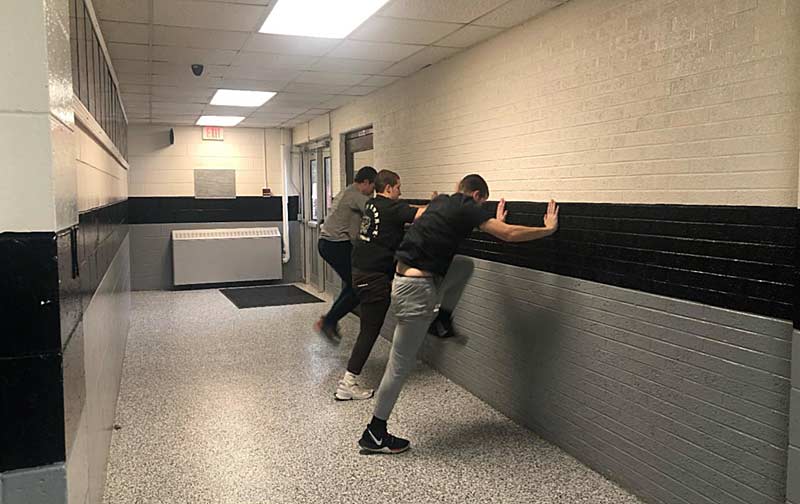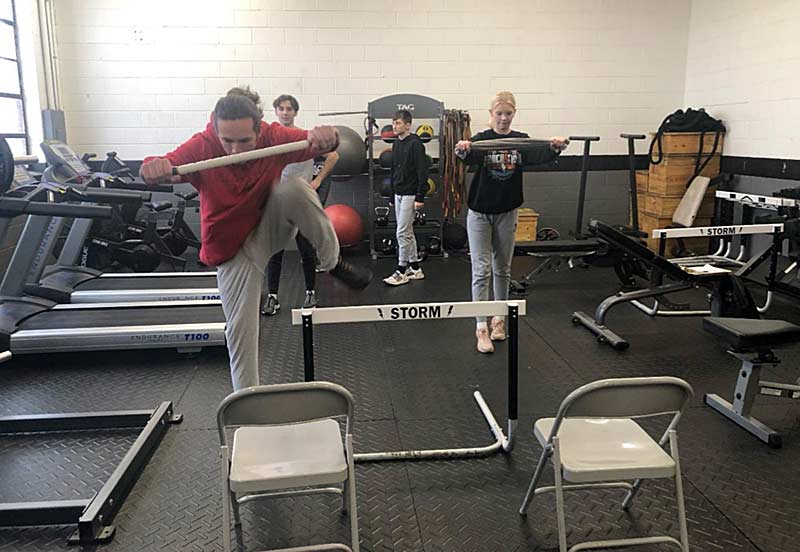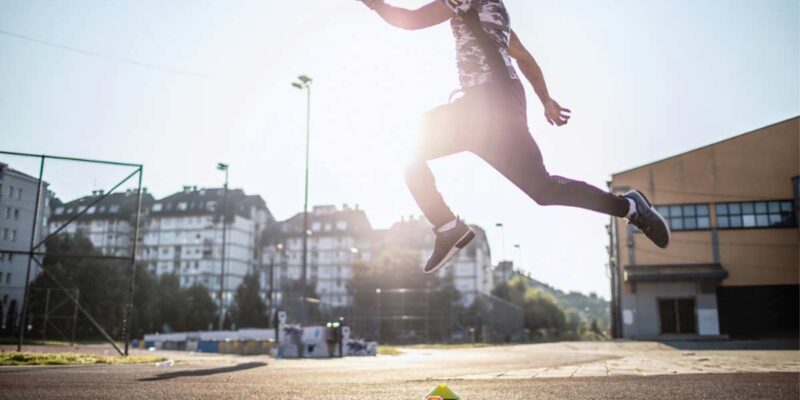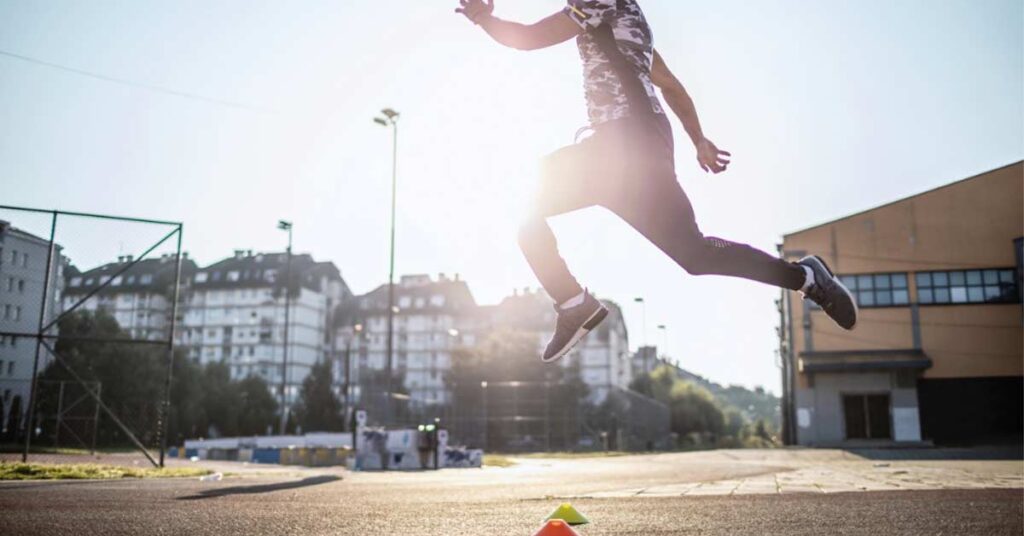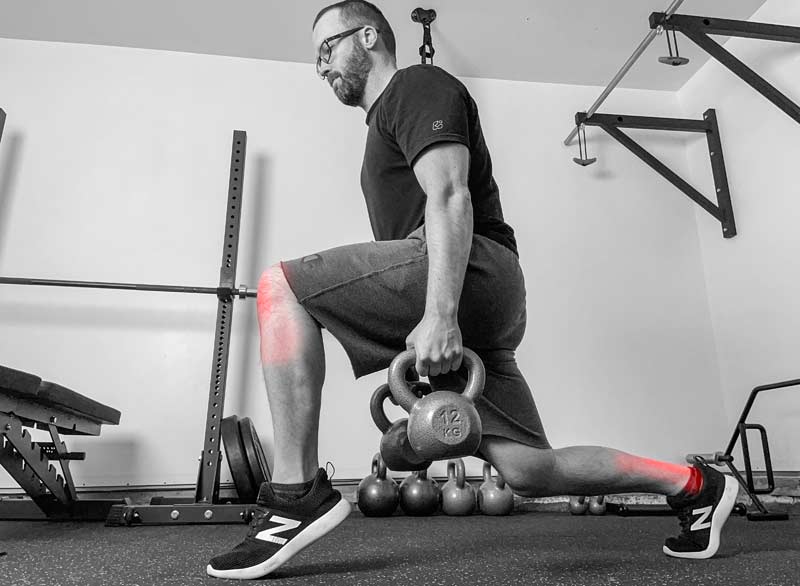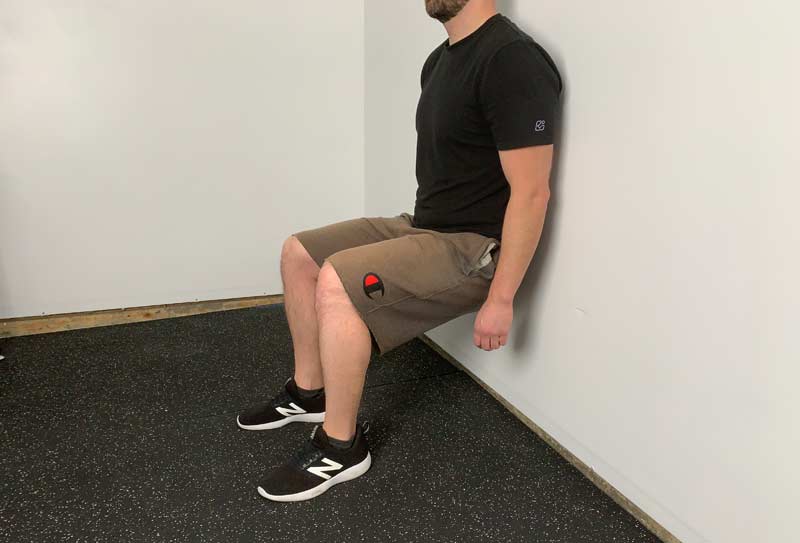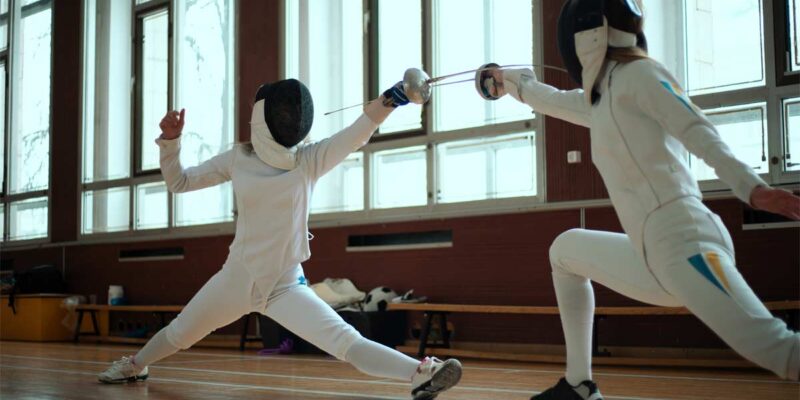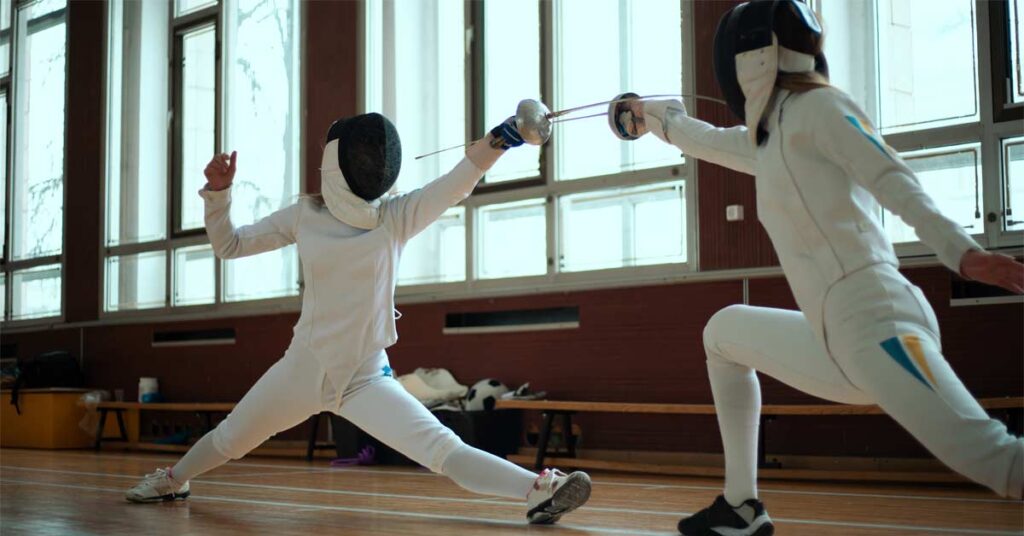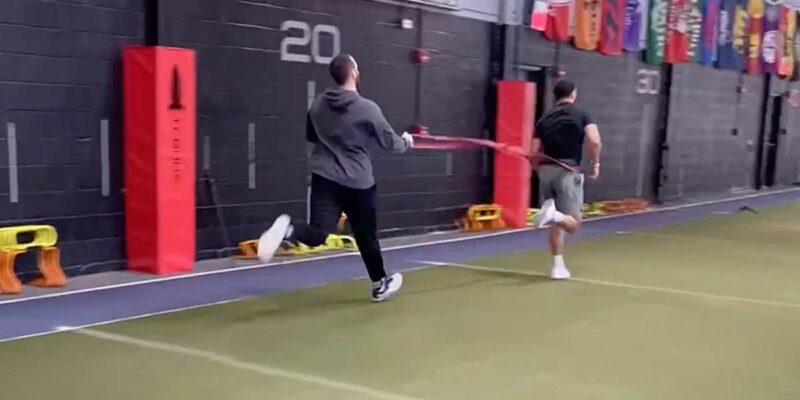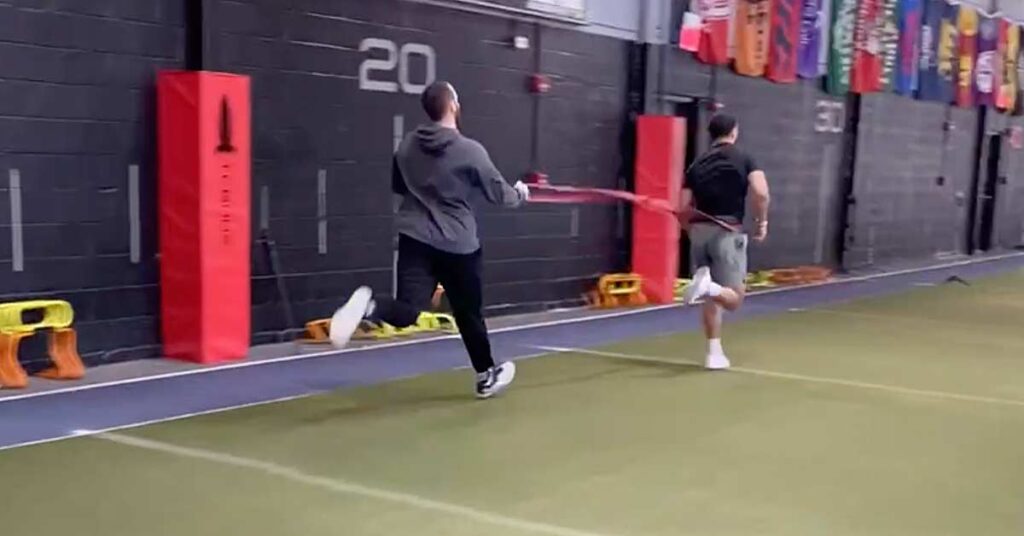
One of the perks of being a high school track and field coach is the stability that comes with the position. Athletic directors and head coaches across the nation know the difficulty of filling out a competent staff—the supply simply does not meet the demand and I have real concerns about this becoming a bigger problem in the future with projected teacher shortages. Being at the same school for two decades has also provided another benefit: consistent strengths and weaknesses of incoming athletes at Homewood-Flossmoor High School. While I do think a solid argument can be made for 90+ percent of high school athletes needing the same exposure to various training stimuli, I do think there can be differences between the populations of incoming athletes when comparing schools in different locations.
Since a portion of the athletes in our program continue track and field beyond the high school level, I have periodically thought about how I would handle being a coach at the college/university level. Every time I go through this thought exercise, I come to the conclusion that I definitely DO NOT desire transitioning to coaching at that level, and one of the reasons is because I think it would be too hard. There are many demands that I think would be especially challenging. In this article, I will address how I would handle a few of them from the perspective of a head coach at the NCAA Division III level.
Concern #1—Recruiting
My best friend had a brief dabble with coaching cross country and track and field at the Division I level. The biggest takeaway from the conversations I had with him was that recruiting is never-ending. In his words, “There is always another phone call that could be made, or additional research to be done on potential targets.”
While one of the objectives of recruiting is to attain as much talent as possible, many programs also have quotas to meet regarding the number of athletes in the program. Athletes in the program mean tuition, and potentially room and board dollars coming into the school. To put this in perspective, a roster of 50 males and 50 females at a small school of 2000 is 5% of the student population. This would most likely be the case for my proposed DIII position, and one way I would achieve the goal of ensuring enough athletes are in the program would be by developing strong relationships with as many high school coaches as possible.
While one of the objectives of recruiting is to attain as much talent as possible, many programs also have quotas to meet regarding the number of athletes in the program, says @HFJumps. Share on XPurely from a numbers standpoint, I think it would be a daunting task to solely rely on various leaderboards to determine which athletes to recruit. If I were targeting male 400m runners who run under 53 seconds, how do I determine which of the hundreds of athletes who meet this criteria will be recruited? Furthermore, leaderboards have zero substance—they are just numbers. Receiving information from the athlete’s coach provides a more holistic picture.
The start of this process would be to tier programs by their success, target the top tier, and gradually work down the list. While extremely talented individuals can come from any program, I hypothesize that those programs who perform well year-in and year-out have the potential to yield a higher rate of return on investment. The goal of this relationship development would be for the high school program to contact me regarding a potential student-athlete.
I hypothesize that those programs who perform well year-in and year-out have the potential to yield a higher rate of return on investment, says @HFJumps. Share on XBefore I go any further, I completely understand that the ballgame is different when it comes to the competitive level of the college/university. Division I and Division III programs theoretically recruit from the same pool of athletes; however, Division III programs are probably casting a much larger net. The reality is there are a smaller number of male athletes who are sub-10.5 in the 100m dash than there are sub 11.2. Division I programs who want to be competitive in a certain area have no choice but to seek out the elite, wherever it may lie (nationally or internationally). This may mean that the list of programs they target to develop quality relationships with is smaller, whereas the “lower” divisions may seek to invest more time in a greater amount of high school programs.
Note: I put “lower” in quotations because I want to emphasize that I do not think all other divisions/organizations are inferior to NCAA Division I. I had a wonderful experience as a Division III athlete, and truthfully, a higher percentage of the athletes I have coached have gone on to have better experiences in “lower” divisions (NAIA, Division III, Junior College).
Developing these relationships with coaches would obviously take time. The first part of the process would be to talk to high school coaches. In my 20 years of coaching, there have been numerous athletes I have coached who have gone on to compete at the college/university level, and I would estimate that I talked to approximately 25% of the coaches who successfully recruited the athlete to their school. I find this number to be shockingly low, and in conversation with other high school coaches, many say the percentage is even lower.
There is no shortage of ways in which we are capable of communicating, and as a college coach, I would do my best to be adaptable to the type of communication the coach prefers (email, phone, text, DM, face-to-face at a conference, etc.). Possibly more important than the method of communication would be the timing. I would be sure to try to do as much communication outside of the track season as possible. In two decades of coaching, I have only had a handful of coaches contact me outside of our season, and that has been much preferred. While I am happy to communicate in-season, it is more challenging because there just is not as much time. In addition, when conversations happen prior to a season, a foundation is already set and the communication tends to be of higher value.
Possibly more important than the method of communication would be the timing, @HFJumps. Share on XI want to reiterate I understand that the demands of coaching college track and field are extreme, and I totally understand if a college coach reading this dismisses me as an outsider who does not know what he is talking about. That is completely fair—this series is all about being out of my lane! However, if I were a college coach, especially at the Division III level, I would do everything in my power to get that percentage to be as close to 100% as I possibly could.
One benefit of this would be to set the program apart from everyone else. As mentioned, one goal is for the coach to contact me about potential athletes, and I think this would be more likely if I make an effort to converse with coaches. The second is that within recruitment, there is always an investment of time, but also the potential of a monetary investment in the athlete. I have never come across a college track and field coach who has felt that they have enough financial incentives (athletic or academic scholarships, grants, financial aid, etc.) at their disposal. If I were in the position to make an investment in an athlete, I would do my best to cover all my bases, and I think an athlete’s coach can offer unique insight to help determine the risk of the investment.
Concern #2—Training
As mentioned earlier, being at the same school for a long time has allowed me to have a solid idea of the types of incoming athletes we will have in our program from year to year. That, combined with our goal as a track program, makes the main focus in training stimuli relatively simple.
At the college level, however, rosters are composed of athletes coming from a wide range of high school programs. Each of those programs could then be categorized in certain training philosophies (short to long, long to short, concurrent, high volume, low volume, Adapt or Die, Critical Mass, Feed the Cats, whatever the coach saw on YouTube or Instagram that day, etc.). As a college coach, I would do my best to have an understanding of the training history of each athlete in my program (or event group).
Knowing typical workouts/workout structures, likes/dislikes, and what worked and did not work for an athlete in the past would help contribute to creating the best plan possible for the athlete. In reality, I think 80% of programming for an event group would be identical, but the other 20% is where some individualization (or small to medium grouping) of athletes could occur. Ultimately, what I would try to avoid is “plug and play” training. If the athlete is an investment, and the goal is to maximize that investment, taking their individual needs into account will assist in that endeavor.
Knowing typical workouts/workout structures, likes/dislikes, and what worked and did not work for an athlete in the past would help contribute to creating the best plan possible for the athlete, says @HFJumps. Share on XOne way to make this more manageable goes back to getting to know coaches and their programs. For example, two popular training systems at the high school level are Tony Holler’s Feed the Cats and Ryan Banta’s Critical Mass System. If I knew that a coach utilized either of these philosophies, I would have a solid idea of what their athletes’ were exposed to during high school, and the transition into college training could then be smoother.
I emphasize transition, because I know one common issue in college programs is athlete retention—I have seen reports stating that almost half of college runners quit during their college career. Whether I agree or disagree with the training an athlete received in high school is irrelevant—I would view part of my job as finding the best way to acclimate freshmen to college athletics. I think this would provide them with a better experience, making it more likely for them to continue participating.
I think this would be especially important at the DIII level, where I set the criteria as having to meet a quota of athletes in the program. The first part of this is to get athletes to the college/university, but I would be fighting myself if I could not keep them in the program. During the recruiting process, I would emphasize that there would be commonalities in the training of each athlete, but there would be individual components as well. Then, my staff and I would bust our butts to follow through with that promise. I do not know if feeling special causes enjoyment, or finding enjoyment makes one feel special, but I would double down on trying to find ways to get athletes to feel both.
Concern #3—College Lifestyle
The transition to college is a substantial adjustment period for most people and the first time being away from home is stressful for many. Most athletes experience a rigid structure in high school and struggle to properly manage the free time they have when in college. Simply put, there are always opportunities to make the wrong choice.
The transition to college is a substantial adjustment period for most people and the first time being away from home is stressful for many, says @HFJumps. Share on XWhile getting athletes to partake in a solid sleep regimen is a challenge at the high school level, my experience in college would lend itself to the assumption that it is even a greater challenge for college coaches. I remember staying awake playing Super Mario Kart (Super Nintendo—best video game ever) well past midnight on a regular basis during my freshman and sophomore years, because all I had to do in the morning was wake up for an 8am class and then get back to my dorm for a two-hour nap. Not ideal.
Also, while nutrition and diet issues certainly exist with high school athletes, like sleep, I think they are further amplified with college athletes. Fast food is often more accessible, as are social outings involving alcohol. I know college athletes who ate Dominos four times a week for dinner and “partying” the night prior to a competition was not uncommon. In our track program, we often talk about the 22 hours away from track determining the ceiling on one’s abilities—the college lifestyle you live could lead to that ceiling being subterranean.
So how the heck does one control this as a college coach? Creating a more rigid schedule is certainly an option. Practice, team meetings/outings, team meals, and study tables all carve out time from the day and take away the ambiguity that many struggle with. Coach-led discussions on time-management, sleep, and nutrition could also hold value.
While I would probably incorporate all of the above to some extent, I think the most influential approach, if done well, would be establishing an athlete mentorship program. Athletes who make it to their junior and senior year often have a wealth of experience to share, and there is no better person to get a message across to someone than his or her peers. I do not think that this implementation would completely prevent young college athletes from making bad choices—that is going to happen no matter what—but hopefully it would help minimize them so freshmen become sophomores and sophomores become juniors, all in good standing, both academically and athletically.
I think the most influential way to help your athletes would be establishing an athlete mentorship program, says @HFJumps. Share on XClosing Thoughts
I wondered when I began writing this if my opinion would change regarding not wanting to be a college track and field coach. The process was an interesting exercise, and I was surprised at how difficult just writing about being a college coach was. There were honestly times that I could feel my anxiety levels rising and I had to remind myself that this whole process was hypothetical!
The next time you see a college coach, give him or her a hug. Like many professions, their position involves being over-worked, under-paid, and under-funded, while their success is determined by the performance of 18-22+ year olds who are on their own for the first time. It takes a special person to take on that challenge!
Since you’re here…
…we have a small favor to ask. More people are reading SimpliFaster than ever, and each week we bring you compelling content from coaches, sport scientists, and physiotherapists who are devoted to building better athletes. Please take a moment to share the articles on social media, engage the authors with questions and comments below, and link to articles when appropriate if you have a blog or participate on forums of related topics. — SF

